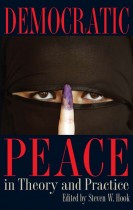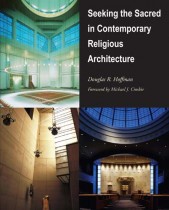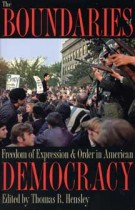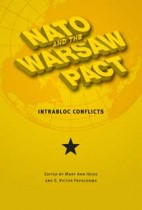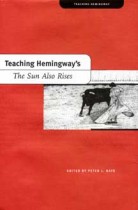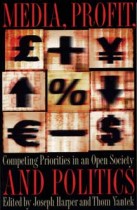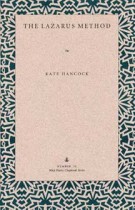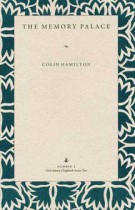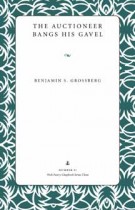Beyond Forgetting
Holly J. Hughes | Filed under: Literature & Medicine, Medicine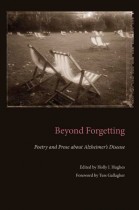
Beyond Forgetting is a unique collection of poetry and short prose about Alzheimer’s disease written by 100 contemporary writers—doctors, nurses, social workers, hospice workers, daughters, sons, wives, and husbands—whose lives have been touched by the disease. Through the transformative power of poetry, their words enable the reader to move “beyond forgetting,” beyond the stereotypical portrayal of Alzheimer’s disease to honor and affirm the dignity of those afflicted. With a moving foreword by poet Tess Gallagher, this anthology forms a richly textured literary portrait encompassing the full range of the experience of caring for someone with Alzheimer’s disease.

